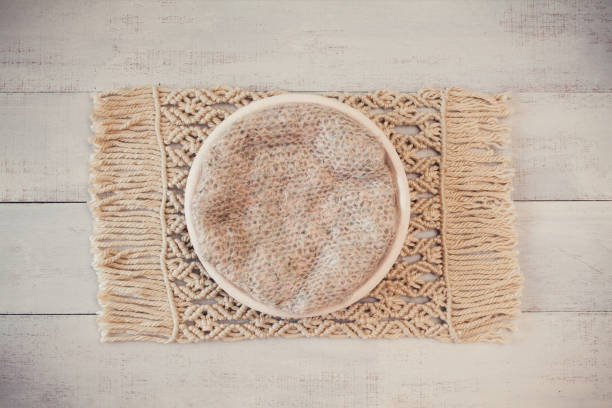Rugs collect dust mites and other nasty things over time. This is a nightmare for allergy sufferers. Nothing triggers sneezes and wheezing more than years of allergen accumulation.
There is a solution to this health risk.
A hypoallergenic rug pad is one of the best ways to reduce allergens and ease allergies. A good quality hypoallergenic pad will reduce allergens and help alleviate allergies. It will also create moisture barriers that prevent mold growth, another allergy trigger.
This post will explain a hypoallergenic carpet pad and how to use it to reduce allergy symptoms at home.
What does a rug pad hypoallergenic mean
Hypoallergenic rug pads are made from materials designed to reduce allergic reactions caused by pathogens or contaminants found in area rugs. These materials include:
Moisture resistance: Area rugs are a favorite of pathogens such as mold and Mildew because they hold in moisture. Mold and Mildew cannot reproduce or proliferate without humidity. Hypoallergenic rug pads are designed to resist water while allowing a rug to breathe. This is especially important in living spaces with hardwood floors that retain moisture.
Antibacterial: The best hypoallergenic rug pads are made of natural fibers and material. This is because natural fibers such as jute, natural rubber, and cotton are naturally antibacterial. They are, therefore, a good choice for products that reduce allergies, such as hypoallergenic rug pads.
Antimicrobial: A premium or high-quality hypoallergenic carpet pad will be antimicrobial. They will resist any microbes, including bacteria and viruses.
Antifungal: There’s no way to avoid it; spores of fungi are everywhere. A premium rug pad with hypoallergenic properties will reduce the growth of these spores and keep your home free from harmful pathogens.
Why hypoallergenic rug pads can be beneficial to your health
A hypoallergenic pad is a great option for anyone who has allergies or respiratory problems. It will keep the air in your home clean and fresh and allow you to breathe easily. A high-quality, hypoallergenic carpet pad is a great option for those who are sensitive to airborne pathogens and contaminants.
Allergic symptoms such as sneezing and itching can be reduced.
Asthma symptoms are often triggered by excessive airborne particles.
Reduce exposure to toxic substances commonly used in the manufacture of cheap, low-quality rug pads.
The benefits of rug pads
Hypoallergenic rug pads not only provide respiratory and health benefits, but they also offer all of the benefits that a high-quality rug mat would. These benefits include:
Nonslip grip A high-quality rug mat will have a natural rubber or synthetic back. This reduces the amount of movement that a rug experiences when it is walked on. A rug pad can also prevent an area carpet from curling up, bunching and folding.
Noise Absorption rug pad helps to reduce the sound of footsteps. This is especially useful for homes with multiple floors and areas that are heavily trafficked.
Cushioning and comfort Just like carpet padding, rug pad adds an additional layer of padding on a hard surface. Area rugs are more comfortable and pleasant to stand on and lie on.
Reduced Furniture Dents: That extra layer of padding in the rug pad is great for reducing furniture dents. Rug pads will protect your furniture from dents, no matter what the furniture is like.
Cleaning: Hypoallergenic rug pads can be cleaned in the washing machine. They will dry quickly if they are hung up or placed into a clothes drying system. It is especially convenient for allergy sufferers, as they can machine wash the area rug pad to remove any dirt, dust and grime.
The right rug pad to choose
Selecting the best rug pad for your needs is another great way to help reduce allergy symptoms. There are many options for a hypoallergenic rug pad. To make things easier, we have highlighted two types of hypoallergenic rug pads that we recommend to suit different types and styles of flooring or rugs.
Nature’s Grip
The reactions to chemicals can be different for each person. Nature’s Grip is the perfect solution for those looking for a non-toxic, safe rug pad. It holds area rugs in position without the use of harmful chemicals or adhesives that are common in synthetic and PVC pads. Its low profile makes it a great choice for high-traffic areas such as doorways, entryways, and hallways, particularly with runners or other throw rugs.
The best types of flooring
Hardwood flooring
Vinyl flooring
Laminate flooring
Tile flooring
Heat floors
These types of rugs are best for
High-rise rugs
Throw rugs
Runners
Scatter rugs

